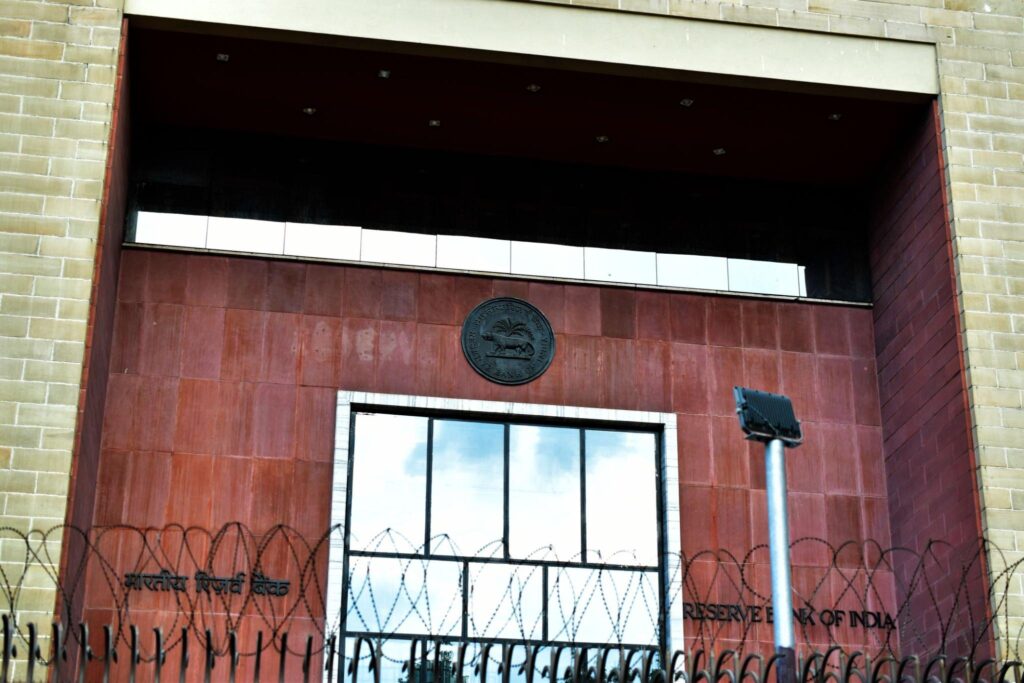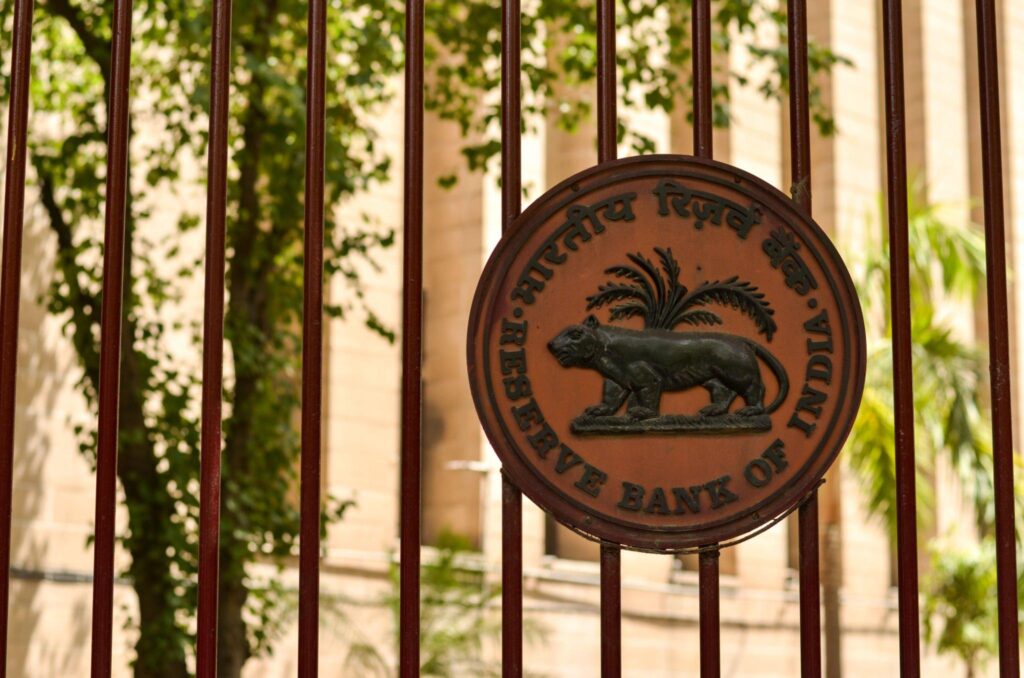An IFSC code is a short acronym for Indian Financial System Code. It is an 11-digit character, easily found on a customer’s bank cheque leaves An IFSC code is short or an acronym for Indian Financial System Code. It is an 11-digit character, easily found on a customer’s bank cheque leaves or bank-sponsored material. This 11-character code is unique to every bank and its branch and helps to identify the same in case of money transfers, electronically. For instance, one requires a bank branch IFSC during RTGS, NEFT, etc. To find the IFSC of a specific bank branch, a person can visit the official website of the bank.

In the code, the first 4 letters represent a bank, the next character is a zero, and the last 6 characters are unique identification codes of the bank branch. For example, the State Bank of India IFSC Code begins with ‘SBI’ and henceforth as per unique code for identification of its branch. The official website of the Reserve Bank of India (RBI) contains a list of all the IFSC of bank branches. It is important to note that IFSC is not the branch code. A branch code is part of IFSC, but not the same.
The unique identification characters of banks can change from time to time, and one must get in touch with the particular bank branch to confirm the same. Entering the wrong IFSC code during transferring funds online can cause the rejection of the fund transfer. In such an instance, the intended amount to the transferred is reverted to the bank account from which the transfer was initiated. None of the codes are the same as each bank branch has its own respective IFSC.
Changes in Norms by RBI for Setting up the IFSC Banking Units
The RBI recently modified the norms for setting up IFSC Banking Units. As per RBI, the parent banks need to maintain and provide, at all times, a capital amount of USD 20 million (minimum) to its IBU. As far as April 2015, it had formulated a scheme for banks in IFSC, of setting up International Financial Services Central (IFSC) Banking Units (IBUs).

Below given are some of the changes to the norms:
- In the notification for modification that was based on feedback from stakeholders, the Reserve Bank of India mandated to consider minimum prescribed regulatory capital from the IBU level to the parent level, to enable the IBUs to begin their operations.
- The parent bank has to provide the minimum amount of USD 20 million or equivalent in any of the foreign currencies to its respective IBU. This has to be consistent and maintained throughout.
- The parent bank also has to provide a Letter of Comfort in order to extend any financial assistance, when needed, in form of liquidity/capital support to IBU.
It also added that minimum prescribed regulatory capital with the exposures of the IBU must be maintained regularly at the parent level. An IFSC in Gujrat, ‘Gujarat International Finance Tec-City (GIFT)’, by the government, has been set up in Gandhinagar. The guidelines stated are applicable to IBUs, which are set up in GIFT, and other IFSCs that could be set up in India.









